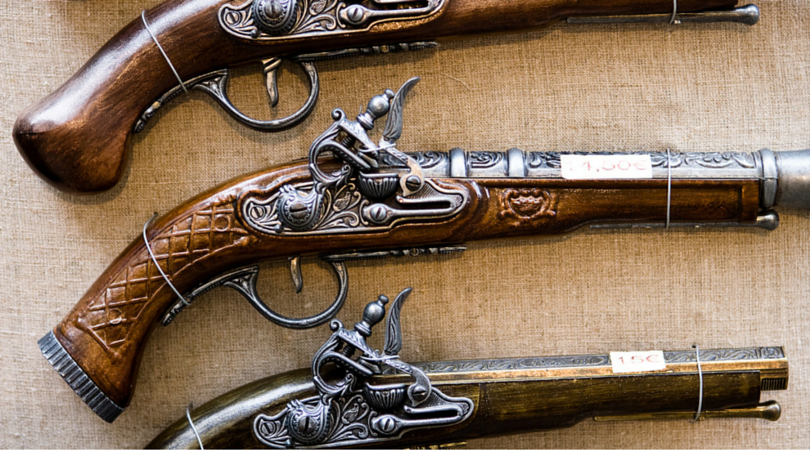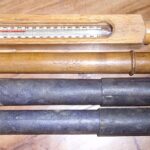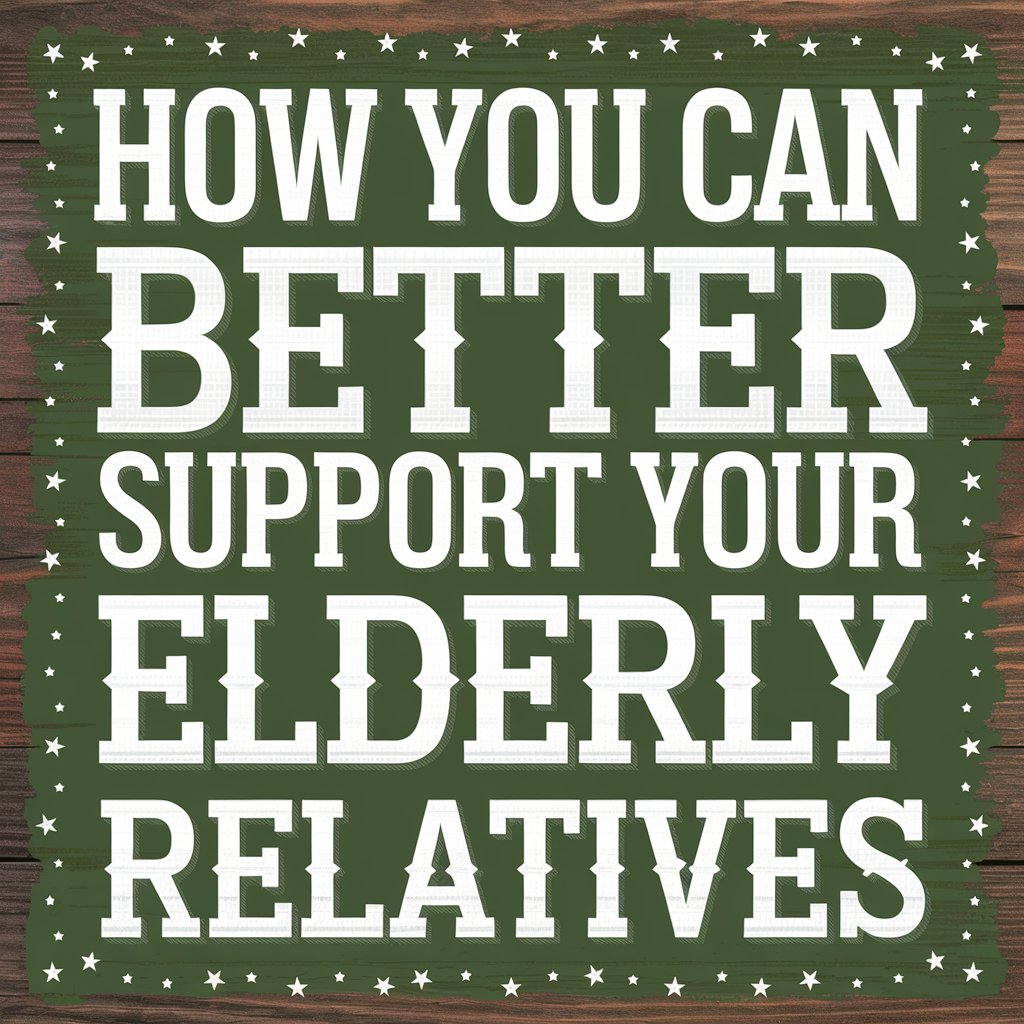In an era where modernity often eclipses the rich tapestry of our past, the fascination with antique arms endures as a testament to craftsmanship, artistry, and historical significance. This guide aims to illuminate the world of antique arms auctions, where collectors and enthusiasts converge to acquire pieces that tell stories of bygone eras. From intricately designed firearms to ceremonial swords, each item encapsulates a narrative that transcends time, reflecting the socio-political landscapes and cultural values of their respective periods. Attending an antique arms auction not only offers the thrill of acquisition but also provides a unique opportunity for education and appreciation of historical artifacts. As the demand for these artifacts grows, so does the importance of understanding the nuances of the auction process, including provenance, condition assessment, and valuation. Whether you are a seasoned collector or new to the realm of antique arms, this article will guide you through the essential elements of participating in these auctions, ensuring that your experience is both rewarding and enriching. Join us as we explore the finest antique arms auction experiences, setting the stage for a journey into the depths of history, craftsmanship, and the art of collecting.
– Understanding Antique Arms Auction Terminology
Navigating the world of antique arms auctions requires familiarity with specific terminology that can significantly impact both bidding strategies and the understanding of item value. Key terms such as “provenance,” which refers to the documented history of an item, can greatly influence its desirability and price. Similarly, understanding classifications such as “militaria” or “firearms” helps collectors differentiate between various categories, ensuring informed decisions during the bidding process. Terminology related to condition grading, such as “mint,” “excellent,” or “fair,” provides insight into the preservation state of the item, affecting its market appeal and potential resale value.
Furthermore, knowledge of auction formats, including “absolute” or “reserve” auctions, plays a crucial role in a buyer’s approach. An absolute auction indicates that the item will be sold regardless of the final bid, while a reserve auction suggests a minimum price must be met before the sale can proceed. Familiarity with these terms not only enhances the auction experience but also empowers collectors to engage more confidently and strategically within the competitive landscape of antique arms auctions. Ultimately, a solid grasp of auction terminology can lead to more successful acquisitions and a deeper appreciation of the historical significance of these remarkable artifacts.
Gain clarity on essential terms for navigating antique arms auctions effectively and confidently.
A comprehensive understanding of essential terms not only equips bidders with the confidence to participate but also enhances their ability to engage in meaningful discussions with auctioneers and fellow collectors. Terms like “attributed,” which indicates a particular maker or era, can help bidders assess the authenticity and historical significance of an item. Additionally, being familiar with concepts like “lot,” which refers to the specific item or collection of items being auctioned, allows collectors to prepare strategically for the auction process. Recognizing the implications of terms such as “hammer price,” the final sale price of an item, and “buyer’s premium,” the additional fee charged by the auction house, is vital for understanding the total investment involved.
Moreover, awareness of legal considerations surrounding antique arms, including regulations governing the sale of certain firearms, is crucial for compliance and ethical collecting. Being knowledgeable about terms related to documentation, such as “certificate of authenticity” or “transfer papers,” ensures that collectors can adequately assess provenance and legality. By mastering these essential terms, participants in antique arms auctions can navigate the complexities of the market with greater ease and assurance, ultimately leading to more rewarding acquisitions.
– Evaluating the Condition of Firearms
Assessing the condition of firearms is a critical aspect of the auction process, as it directly influences both the valuation and desirability of items. Key indicators of a firearm’s condition include its mechanical functionality, the state of the finish, and the integrity of any markings or engravings. Bidders should carefully examine the bore for signs of erosion, check moving parts for proper operation, and look for any repairs or alterations that may impact authenticity. Documentation of provenance can greatly enhance the perceived value, so collectors should seek original paperwork or detailed historical accounts that accompany the firearm.
In addition to physical examination, understanding how factors such as age, rarity, and manufacturer reputation contribute to an item’s overall condition is essential for informed bidding. A well-preserved piece that maintains its original components and finish is often deemed more valuable than one with extensive restoration or modifications. Therefore, it is advisable for prospective buyers to educate themselves on grading standards and, when possible, consult with experts or appraisers to ensure a thorough evaluation before participating in an auction. This diligence not only safeguards financial investment but also honors the historical significance of the firearms in question.
Learn how to assess the quality and authenticity of antique arms before making a purchase.
Evaluating the quality and authenticity of antique arms requires a keen eye and an understanding of the nuances that distinguish genuine items from reproductions or modern fakes. Start by familiarizing yourself with the specific characteristics associated with particular manufacturers and periods, including materials used, construction techniques, and design elements. Look for signs of wear that align with the item’s age; authentic antiques should show signs of use and history, such as patina, age marks, or slight imperfections, which help to verify their authenticity.
Additionally, having access to reputable resources, such as reference books or expert appraisals, can aid in identifying genuine artifacts. Engaging with established collectors or auction houses that specialize in antique arms can provide valuable insights and guidance, ensuring that your assessment process is thorough. Always request documentation or certificates of authenticity when available, as these can substantiate claims regarding an item’s provenance and help protect your investment in these historical pieces.
– Tips for Successful Bidding Strategies
Successful bidding strategies are essential for navigating the competitive landscape of antique arms auction. Prior to the auction, it is beneficial to conduct thorough research on the items of interest, understanding their market value and historical significance. Establish a budget that reflects your financial capacity and stick to it, as the excitement of bidding can lead to impulsive decisions. Utilize pre-auction preview opportunities to closely examine potential purchases and formulate a bidding plan that includes both maximum bid limits and strategies for bidding increments.
During the auction, maintaining a composed demeanor is crucial; this allows for more strategic decision-making rather than getting swept away by the moment. Be attentive to the bidding patterns of others to gauge competition and adjust your approach accordingly. Consider using proxy or absentee bidding if available, as this can help you secure items without the stress of live bidding. Ultimately, clarity of purpose and discipline are key components in successfully acquiring prized pieces while preserving your financial and strategic integrity.
Discover effective strategies to enhance your chances of winning at antique arms auctions.
Networking with fellow collectors and auction house specialists can provide invaluable insights into the nuances of the antique arms market. Engaging in discussions with experienced bidders can reveal trends, highlight sought-after items, and even uncover lesser-known pieces that may not attract significant attention. Building relationships within this community can enhance your understanding of authenticating items and assessing provenance, which are crucial factors when placing bids.
Additionally, familiarize yourself with the specific auction house’s terms and conditions, including buyer’s premiums and payment methods, to avoid any surprises during the bidding process. Attending multiple auctions can also offer perspective on auction dynamics and help refine your approach. With discipline, research, and a strong network, you can significantly increase your odds of successfully acquiring valuable pieces while navigating the intricate world of antique arms auctions.
In conclusion, participating in an antique arms auction offers a unique opportunity to engage with history while acquiring exquisite pieces that embody craftsmanship and cultural significance. As collectors and enthusiasts navigate the world of antique firearms, it is essential to approach each auction with a blend of research, patience, and a discerning eye. By understanding the nuances of provenance, condition, and market trends, bidders can enhance their experience and ensure that their acquisitions are both valuable and meaningful. Ultimately, the preservation of history through antique arms is not merely about ownership; it is about honoring the stories and legacies that these remarkable items represent. Whether you are a seasoned collector or a newcomer to the scene, embracing the world of antique arms auctions promises to be a rewarding journey into the past.





